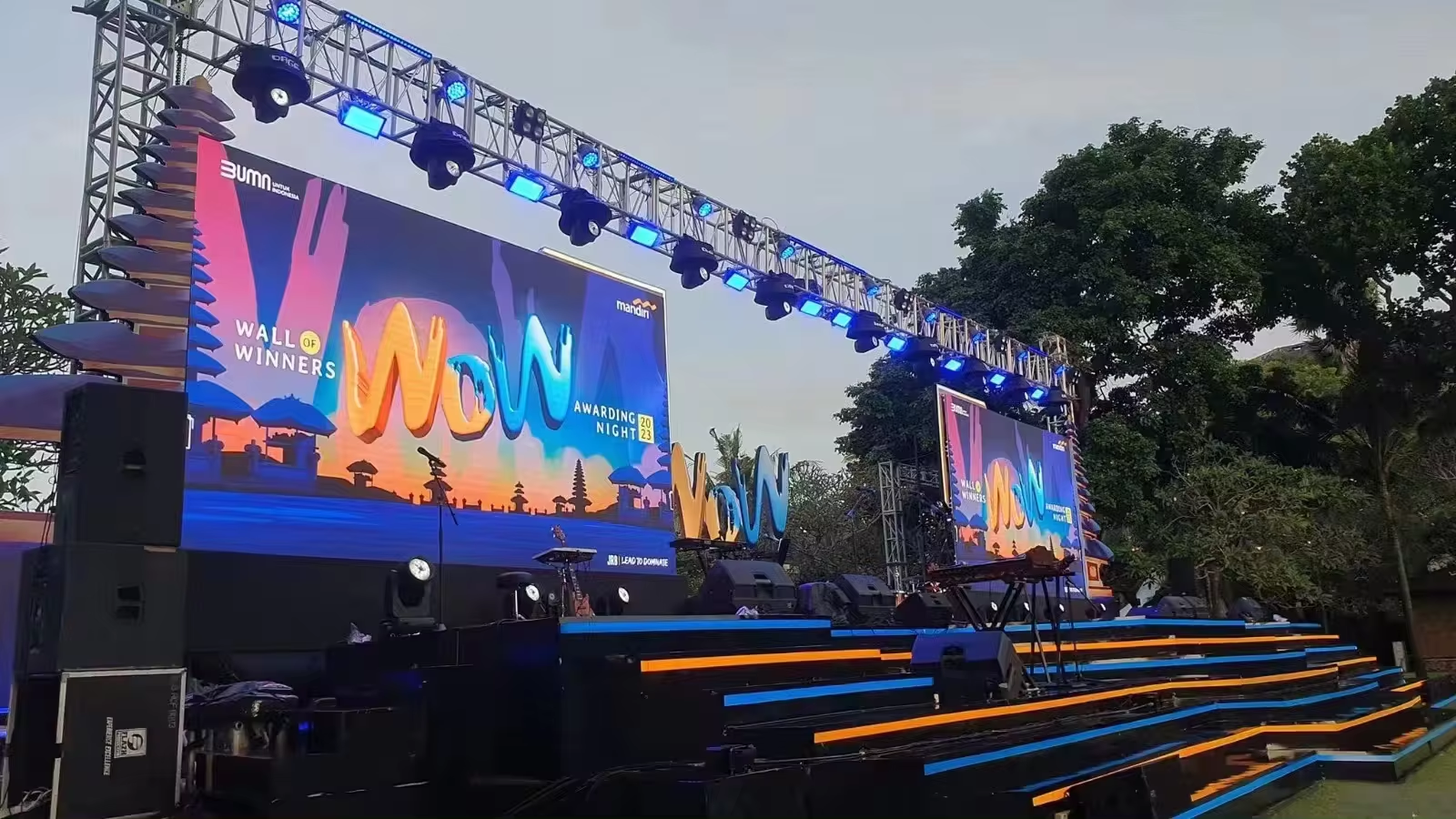Industry news
Explanation of color pixel knowledge for LED display screen
We all know that pixels are the unit used to calculate LED display screens, just like pigment dots on color printing files opened by design software on a computer, they also have a continuous tone. If the layer is magnified several times, it will be found that these continuous tones are actually composed of many pigment dots, which are the smallest unit of “pixels” that make up the printed material. Similarly, pixels on LED display screens are usually single colored dots displayed on the screen.

According to the principle of color, red R, green G, and blue B are known as the three primary colors. These three colors can be combined to produce any color from black to white. In the classification of RGB LED display screens, there are monochrome display screens, dual color display screens, and full-color display screens.
Monochrome is relatively simple, just choose any one of the three primary colors to achieve monochromatic display. In practical applications, red LED lights are more commonly chosen. In this case, a red LED light is equivalent to one pixel.
A dual color display screen is similar to a single color display screen, as long as you choose any two of the three primary colors to achieve dual color. In practical applications, red and green are often chosen. When red and green light up simultaneously, yellow can be achieved. Therefore, a dual color display screen can achieve three colors: red, green, and yellow.
Full color LED display screens need to be able to display different colors from black to white because they need to display a variety of colors. Therefore, full-color LED displays require three lights, red, green, and blue, to form a pixel in order to display a variety of colors. In full-color LED display screens, they are further divided into real pixel display screens and virtual pixel display screens. Due to the different display technologies used, the way pixels are formed is also different between the two.
The virtual display screen adopts virtual pixel technology, which uses LED multiplexing technology. The same LED light emitting tube can be combined four times with adjacent LED light emitting tubes (bottom, bottom, left, right combination). For indoor full-color display screens, the main component is the unit board. The unit board is composed of three in one surface mounted lights, which encapsulate 1 red, 1 green, and 1 blue LED lights together to form a pixel.